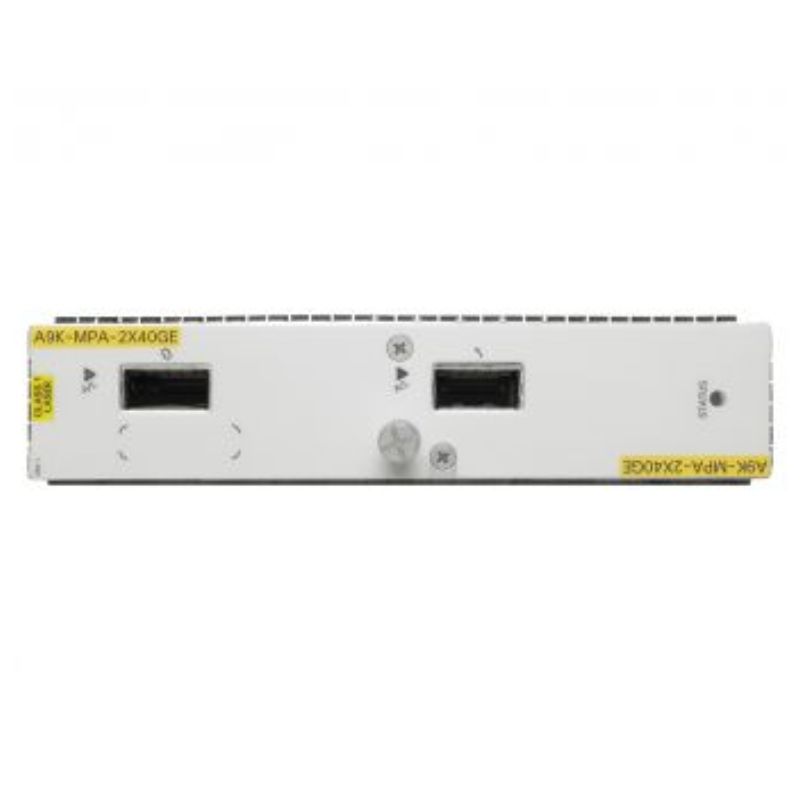I couldn’t help but wonder, “If I have all the answers, why do I still feel like I’m guessing?”
I don’t hear my inner impostor when I’m alone in the lab. She shows up when I’m about to speak at a customer briefing, when I join a meeting full of manufacturing veterans, or when I’m the only woman at the table and everyone turns to me for answers.
She doesn’t ask if I know the material. She asks if I belong. “Are you really the person they need here? What if you get it wrong? What if this is the moment they realize you’re not enough?”
That’s when the nerves and second-guessing kick in — the quiet urge to shrink back.
Most days, my outfit is simple: jeans, platform sneakers, a cropped t-shirt and industrial-strength self-doubt.
But even as I sit in that meeting, wondering if I belong, something clicks. I remember how I got here.
Why I’m in the Room
I think back to the lab, when I chased a strange behavior with one of the industrial endpoints. Everything looked fine on the network, but something still wasn’t working.
And then I saw it: The packets were being rejected because the Parallel Redundancy Protocol (PRP) trailer was present, and the endpoint didn’t know what to do with it. I was the one who found it.
But my inner critic chimed in: “It’s because you had the right dissectors enabled. Anyone would’ve seen it.”
Related:Do You Want to be a Network Manager?
The Moment it Clicked
If there’s a loop, I’ll see it. Media Redundancy Protocol, Resilient Ethernet Protocol, high-availability seamless redundancy, PRP, Spanning Tree Protocol — I know the signs.
That moment on a Webex call, when someone shares a messy customer topology and something doesn’t feel right — my heart rate spikes. I hesitate, then speak: “I think I see the issue.”
Suddenly, the call goes quiet. I can almost feel the team processing it, the mental gears turning. Then the lightbulbs come, the whiteboarding, the revised topologies, and we move forward.
Yet, even after the solution clicks into place, I sometimes ask myself, “Was that really me?”
No one tells you that becoming an expert doesn’t feel like a lightning strike. It feels like a slow, silent shift. You’re not the one asking questions anymore. You’re the one everyone is waiting on for answers.
At first, that realization was paralyzing. I wanted to double-check every step and every fact. But over time, I learned to trust myself. Not because I knew everything, but because I had mentors who taught me the most freeing truth of all: It’s okay to not know. It’s okay to fail, as long as you’re honest and you move forward.
Related:Note from the Editor-in-Chief
That’s when it clicked. I didn’t need to be flawless. I just needed to keep showing up — loop after loop, question after question, doubt after doubt.
When Different Felt Like Not Enough
I didn’t always feel like I fit the mold of an engineer. I wasn’t obsessed with gadgets. I didn’t geek out over the newest programming language. And yes, I have an accent, which made me rehearse my words in my head before daring to say them out loud.
While others dove deep into protocols and specs, I found my joy in connecting ideas, spotting patterns and seeing the system as a whole. At first, my inner impostor loved to point that out. “You’re not technical enough,” she whispered. “You’re just good at seeing the big picture. They’re the real engineers.”
And for a while, I believed her.
But little by little, real experience spoke louder. Every network I designed, every failure I helped prevent, every time I spotted a hidden loop no one else saw, I realized that I wasn’t less technical. I was just technical in my own way.
I’m a connector — a systems thinker. Someone who learns fast, listens carefully and makes things work across silos and teams. And if that voice still shows up, I know how to keep going.
If You’re Still Doubting
Impostor phenomenon isn’t something you outgrow. But I’ve learned to live with my impostor — to talk back and to keep showing up anyway.
You don’t have to feel confident to be qualified. You don’t have to fit the mold to belong. And you don’t have to wait for someone else to validate what you already know.
Because even when that impostor voice whispers in your ear, the packets don’t lie.

























